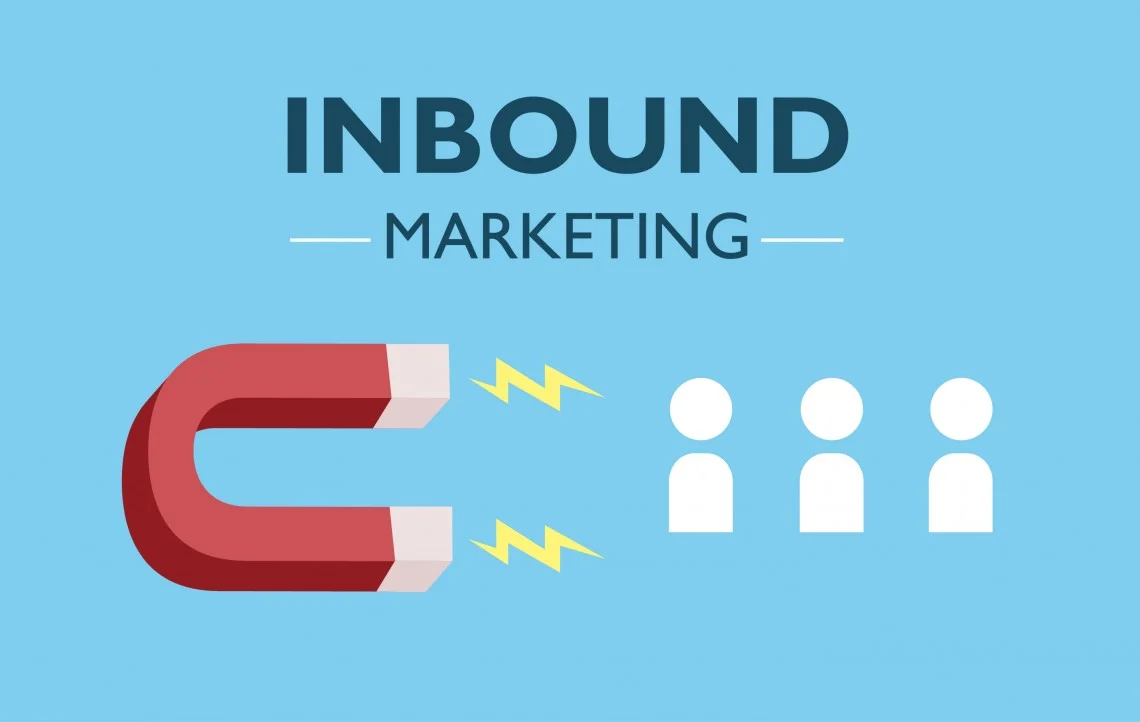This article features Inbound marketing, which is the process of helping potential customers find your company.
This usually happens before the customer is ready to make a purchase.
Making early contact can lead to brand preference, and, in turn, generate leads and revenue.
Inbound Marketing Explained:
Inbound marketing is a strategy that utilizes many forms of pull marketing—content marketing, blogs, events, search engine optimization (SEO), social media, and more—to create brand awareness and attract new business.
Outbound marketing seeks out customers, but inbound marketing focuses on visibility so potential buyers come to you.
Instead of “renting attention,” companies employing inbound marketing focus on new methods geared toward building awareness, developing relationships, and generating leads.
These methods make you attractive to customers because they don’t make people feel like they’re being sold to.
The content provided by inbound marketing is educational, entertaining, and welcomed by consumers.
When done correctly, inbound marketing can return dramatically better results than traditional marketing and disrupts prospects rather than giving them an open invitation to engage.
When consumers find your company this way, it has a stronger influence on their future marketing decisions and their feelings toward your business in general. The best part?
Inbound marketing consists of entirely organic leads, so it relies on brains rather than budget.
Common Problems that Inbound Marketing Can Solve
When it comes to implementing a long-term strategy, inbound marketing is an investment that will help you increase brand awareness, preference, and, ultimately, revenue.
- Problem: I need to increase my brand awareness– Up to 93% of buying cycles start with an online search. If your company appears at the top of search results or is active on a searcher’s social network, you can organically increase your brand awareness. To do that, you must make sure you have the right content and messaging in place to show up in these key inbound channels.
- Problem: I want to improve my brand preference– By educating, entertaining, and interacting with potential customers before they think about making a purchase, you build trust and increase the likelihood that they will choose you when they are ready to buy. Never underestimate the impact of becoming a familiar face.
- Problem: I need to generate more leads but have less to invest- Inbound marketing is a long-term investment that builds on itself over time. Your results will multiply many times over as you become more adept at creating and curating content that naturally attracts organic leads.
- Problem: I’m not sure I have the staff or budget to do inbound marketing- Like many things, the more you put into inbound efforts, the more you’ll get out of them. But if you have a good strategy in place that outlines key themes, content, and distribution, you can avoid wasted efforts.
Quick Links
- How to Build Trust in Relationships with Content Marketing
- Best Ways To Automate Your Marketing Operations
- Content Marketing Strategies That Will Grow Your Overall Traffic & Sales
- App Marketing Strategies: Choose The Best Strategy
Conclusion: What Does Inbound Marketing Mean?
Delighting inbound strategies ensures customers are happy, satisfied, and supported long after they make a purchase.
These strategies involve your team members becoming advisors and experts who assist customers at any point in time.
Incorporating thoughtful, well-timed chatbots and surveys to assist, support, and request feedback from customers is a great way to delight these people.
Bots and surveys should be shared at specific points in time throughout the customer’s journey to ensure they make sense and are of value.

